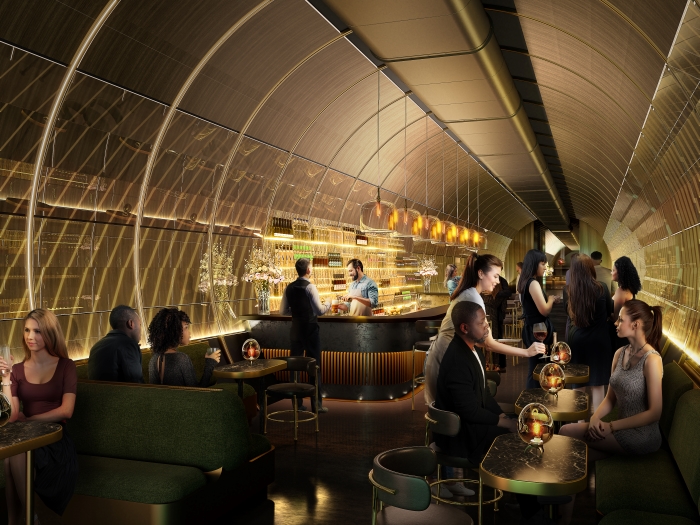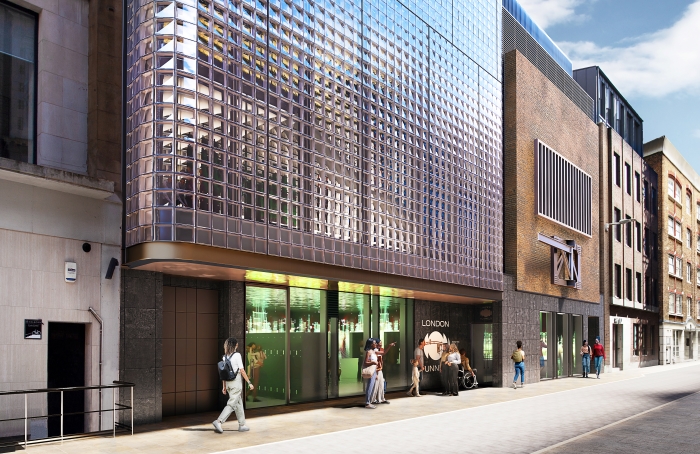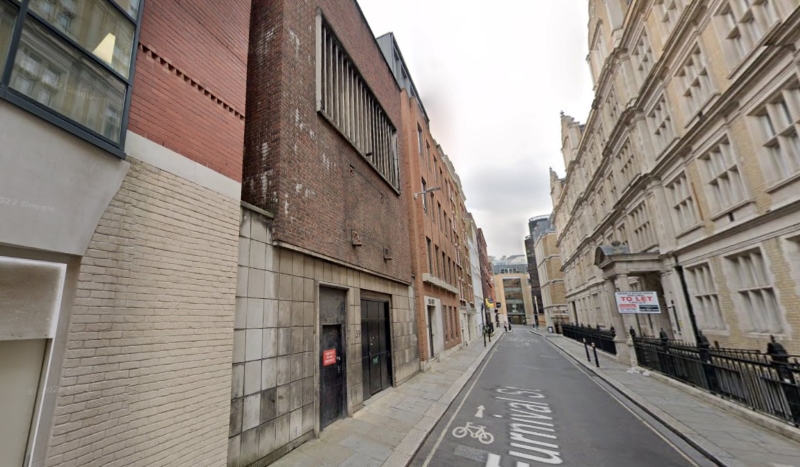The City of London Corporation has thrown its weight behind proposals to turn a once-secret subterranean government complex beneath the streets of Holborn into a cold-war themed tourist attraction.
Kingsway Exchange Tunnels previously served as a communications hub and a base for the Special Operations Executive offshoot of the Secret Intelligence Service – also known as MI6.
The 8,000sq m network, which is 40m below street level, is believed to have inspired “Q Branch” in Ian Fleming’s James Bond novels.
In the 1950s and 1960s the tunnels accommodated up to 200 staff supported by self-contained water and air conditioning systems. They also boasted the deepest licenced bar in London along with a restaurant with mock windows and a recreation room with snooker tables.
Developer London Tunnels Ltd’s proposals would turn the complex into a heritage trail saluting the site’s 80-year history, which began with the original tunnels' construction for use as a deep-level air-raid shelter in the second world war.
 Staff at work in the Kingsway Exchange Tunnels. Photo: British Telecom archive/Wilkinson Eyre
Staff at work in the Kingsway Exchange Tunnels. Photo: British Telecom archive/Wilkinson Eyre
Under the £220m scheme, the tunnels would be refurbished and visitors would access the network through entrances in Furnival Street and High Holborn.
According to the City of London, the attraction – which could open to the public as soon as 2027 – would bring an annual spending boost estimated at £60m-£85m to the Holborn area. It would also provide free visits to schools in the capital.
Shravan Joshi, who chairs the City of London's Planning and Transportation Committee, said he was "incredibly excited" by the plans.
"Developments like the one proposed for the Kingsway Tunnel site will become global attractions for a variety of visitors," he said.
 Proposals for a new subterranean bar are part of the plans Photo: Wilkinson Eyre/TLT
Proposals for a new subterranean bar are part of the plans Photo: Wilkinson Eyre/TLT
The Kingsway Exchange Tunnels straddle the boundary with the neighbouring London Borough of Camden. It has yet to deliver a decision on London Tunnels Ltd's proposals.
The original two tunnels that form the core of the complex were commissioned by the government in the 1940s but were never used as an air-raid shelter. In 1944, the site was converted to serve as a reserve government headquarters.
Immediately after the second world war, the tunnels were used as a document repository for the Public Record Office, based in nearby Chancery Lane.
From 1951 the network served as a communication exchange for the General Post Office, which was then still a department of state and resposnsible for the nation’s telephone system as well as mail.
 A new entrance for the attraction would be built on Furnival Street Photo: Wilkinson Eyre/TLT
A new entrance for the attraction would be built on Furnival Street Photo: Wilkinson Eyre/TLT
The tunnel network was expanded, with the two original 5.1m-diameter tunnels augmented by an extension featuring four 7.2m tunnels in an offshoot at its eastern end.
In 1956, the Kingsway Exchange Tunnels became the London terminal of the first transatlantic telephone cable, TAT 1 – which allowed for the site to connect calls between the White House and the Kremlin in 1962, when cold-war tensions between the United States and Russia peaked.
Communications functions at the tunnels finished in 1990 and the site has been used for storage since. BT Group first launched a bid to sell the site in 2008 but only recently agreed a deal with London Tunnels.
 The building on the left, in Furnival Street, is currently the main entrance to the complex Photo: Google Maps
The building on the left, in Furnival Street, is currently the main entrance to the complex Photo: Google Maps